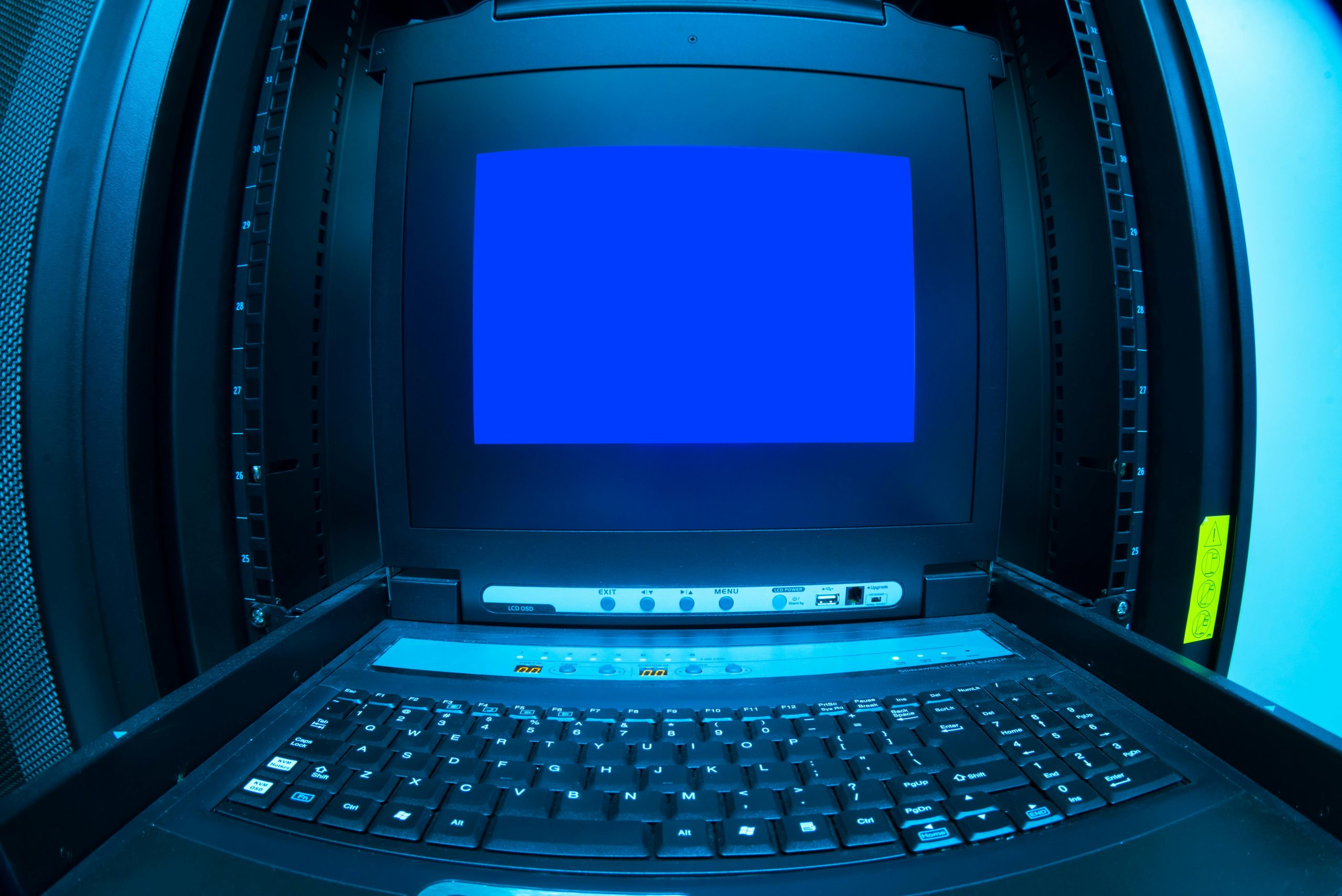Understanding Persistent Blue Screen Errors: Diagnosing Underlying Hardware and System Issues
Experiencing frequent system crashes and blue screens can be incredibly frustrating, especially when standard troubleshooting methods fail to identify the root cause. If your PC has become increasingly unstable over time despite multiple attempts to resolve the issue, it’s essential to consider a comprehensive approach to diagnosis and repair.
Background of the Issue
Many users report encountering recurrent blue screen errors such as Hypervisor error and IRQL_NOT_LESS_OR_EQUAL, which often indicate serious underlying problems with hardware or system configuration. Over a span of several months, some systems escalate from occasional crashes during gaming or multimedia consumption to persistent instability, affecting daily workflows.
Initial Troubleshooting and Diagnostic Efforts
Common first steps include sending the machine back to the builders or technicians, running stress tests on individual components—such as CPU and GPU—and observing temperatures to rule out overheating. When these tests reveal no failures, and temperatures stay within normal ranges, yet crashes continue, the problem becomes more complex.
Advanced troubleshooting often involves:
- Running Windows built-in troubleshooting tools.
- Executing commands in the Command Prompt to repair system files.
- Performing a complete reset or reinstall of Windows.
- Testing and adjusting hardware components, like RAM sticks, motherboard BIOS settings, and power configurations.
In many cases, these steps do not yield a solution, and underlying issues remain hidden.
Deeper System Analysis
A more detailed investigation may uncover corrupted system devices. For instance, components like the AMD I2C Controller and Resource Hub Proxy Device may appear as problematic or malfunctioning in Device Manager. Uninstalling or re-enabling these devices often doesn’t resolve the issue, indicating deeper system corruption.
Further complications can arise when essential services, such as the Device Association Service (responsible for Bluetooth device pairing), fail to operate correctly. When this service stalls or refuses to start, it suggests system-level corruption or conflicts that standard troubleshooting cannot fix.
Potential Underlying Causes
The timing of these issues, especially following hardware upgrades—such as installing a new CPU, cooling system, or motherboard—can point towards compatibility issues, driver conflicts, or improper hardware installation. However, without visible signs of failure, pinpointing the exact cause remains challenging.
Next Steps and Recommendations
If you find yourself in a similar situation:
-
Verify Hardware Compatibility: Ensure that all new components are fully compatible with your existing setup and properly seated.
-
**
Share this content:

